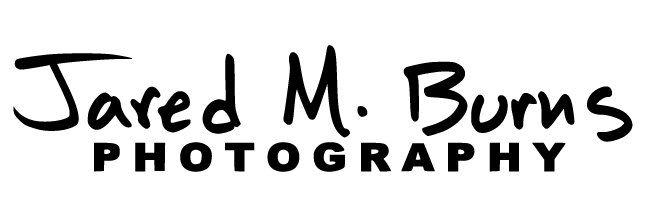First ask yourself...
Does a film photographer save his negatives?
Would you want to watch a big screen movie that was filmed on an iPhone or downloaded from Youtube?
Yes, it really is that simple. A sound engineer, would never preform final edits on a 3 megabyte MP3 file. How would they make adjustments to channels or levels? They start out with a recording that preserves the best original quality possible enabling them to preform pin point changes in each instrument track. The distortion and artifacts you hear on a poor digital sound file is a compressed audio example of what takes place in a a compressed JPG image. Like a high quality audio recording, RAW will yield more control during every step of the editing process.
I am not a digital scientist, but here are some comparisons as I understand them:
JPGs are 8 bits, meaning each pixel has 256 levels of brightness. RAWs are 16 bits meaning each pixel has 65,563 levels of brightness. This is like comparing a pebble to a mountain!
In RAW, even if something is blown out, you can still recover a little bit more pixel information beyond the blow out point, sometimes by as much as 2 or more stops of light. Same with darks, you can recover much more details in the shadows. If you have ever processed JPGs then I know you have already run in to frustrations with lights, darks, and lost pixels.
RAW images are not compressed, JPGs are. RAW is the exact image as it was interpreted from the sensor. It is as important as saving your negative was in the film days.
RAW records more meta-data. Contrast, Saturation, Sharpening, and White balance are not set, they are only tagged to the image, so you have more control over these in post processing. With JPG the cake is baked. JPG is set and you don't have the ability to truly and accurately manipulate these after the fact. Worst of all, JPGs have a gama curve applied and cannot be properly white balanced after the fact.
RAW has a higher dynamic range between lights and darks. Test this out on a JPG...start tweaking levels and settings and quickly you will start to see banding and aberrations in the graduation of colors that you will not see in RAW. These aberrations are where you have lost data that can never be recovered.
Remember, the very reason JPG was invented was to make pictures smaller and less detailed so they could be more easily managed on web!
WWAAD - What Would Ansel Adams Do? If he were alive today and shooting with digital, do you think he would settle for the JPG compression and as much as 40-60% pixel information loss? If he was still concerned about the dynamic range and the post processing effects for which he was known, then you can bet the house he would be shooting in RAW.
It could be argued that JPGs sometimes have their place as they are faster, easier, and you can get more of them. Even so, when has art ever been about quantity over quality?
-JMB
© 2010 Jared M. Burns Photography
Seattle Photographer & Snohomish Photographer
www.jaredmburns.com | 206.659.7468 | info@jaredmburns.com

